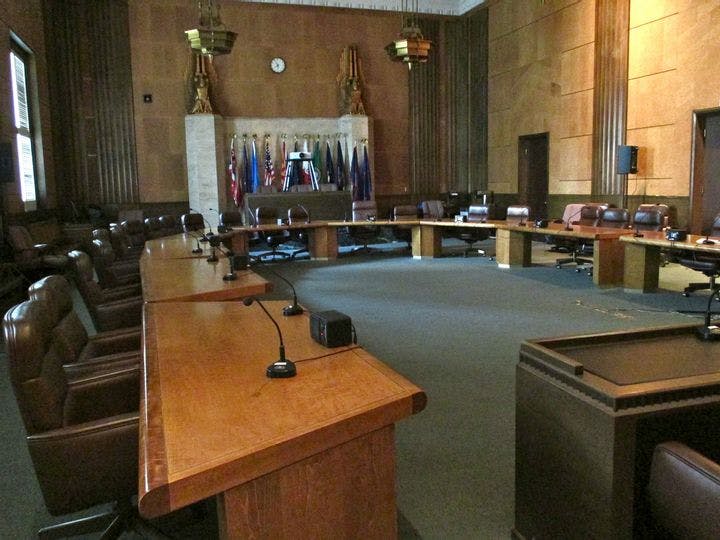Summer 2010
Judges for Sale
– The Wilson Quarterly
It's one of the ugliest warts on the U.S. body politic: About 90 percent of America’s state judges are chosen in elections.
It's one of the ugliest warts on the U.S. body politic: About 90 percent of America’s state judges are chosen in elections. Inevitably, some of them wander into the political swamps. One successful candidate for the West Virginia Supreme Court in the 1990s accepted $3 million in contributions from a corporate executive seeking to overturn a multimillion-dollar verdict. Elected magistrates also tend to be reluctant to enforce principles that antagonize the voting public. The irony is that when it swept the nation in the 19th century, the movement to make state judgeships elected positions was seen as a way to create a more independent judiciary.
The movement gained strength after the Panics of 1837 and 1839 sent many heavily indebted state governments reeling and exposed the often corrupt ways of state legislatures at a time when states were spending heavily on canals, roads, and other “internal improvements.” Populists were already clamoring to subject judges to the people’s will, according to Jed Handelsman Shugerman, a professor at Harvard Law School, but now they were joined by moderates and conservatives, who wanted to make judges independent of the legislatures in order to “embolden [them] and legitimize judicial review by connecting them to ‘the people.’ ” New York led the way in 1846, when a state constitutional convention approved a switch from appointed to elected judgeships. (Only Mississippi elected its state judges at the time.) By 1853 most of the other states—19 in all—had followed New York’s example.
The reformers got at least one of the results they wanted: “Elected judges in the 1850s struck down many more state laws than had their appointed predecessors,” Shugerman writes. The shift toward elected judges was “a turning point in establishing a more widespread practice and acceptance of judicial review in America.”
In other respects, however, things did not go as the reformers had intended. Far from defending “the people,” the judges took an increasingly counter-majoritarian tack, defending individual rights against what one court called the “hasty and ill-advised zeal” of the voting public. In 1856, for example, a New York court struck down a ban on liquor sales as an infringement of individual rights. Shugerman says there is a straight intellectual line from this decision to broader U.S. Supreme Court decisions that sharply restricted government efforts to regulate business before the New Deal, such as Lochner v. New York (1905).
What motivated the counter-majoritarians? Chiefly, Shugerman believes, they wanted to fend off “legislative encroachment” on their domain and carve out a distinct role for the judiciary. He likens the state constitutional conventions of 1844–53 to the wave of democratic revolutions that swept Europe in 1848. One heartening lesson of that era, in Shugerman’s view, is that badly needed judicial reform can occur with surprising speed.
THE SOURCE: “Economic Crisis and the Rise of Judicial Elections and Judicial Review” by Jed Handelsman Shugerman, in Harvard Law Review, March 2010.
Photo courtesy of Flickr/Catherine Read
